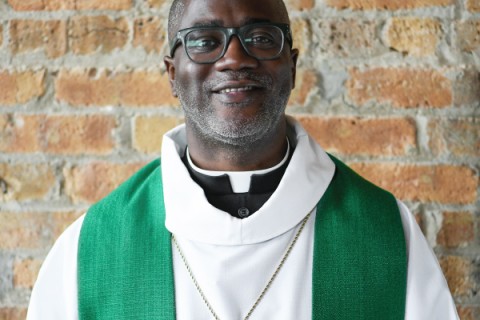For the sake of conscience
With Liberty for All: Freedom of Religion in the United States.
By Phillip E. Hammond. Westminster John Knox, 123 pp.
The U.S. Supreme Court's opinions about the relationship between religion and the state have been increasingly separationist, argues Phillip Hammond, a distinguished sociologist of religion and contributor to the so-called civil religion discussion. Although the nation "began as a de facto Protestant society," it has since the close of the Civil War moved toward greater and greater government neutrality not only toward differing religions but also toward the difference between religion and irreligion. This is as it should be, Hammond thinks. Behind the Constitution, he contends, is a "constitutional faith," and separationism, rightly understood, is its legal or judicial expression.
The long-term shift toward greater neutrality is "structural," the "inevitable consequence of certain other changes," above all increasing religious pluralism and increasing "government regulation . . . [of] citizens' lives, including their religious lives." This shift has been resisted by "accommodationists," who hold that government may or should facilitate or encourage religion. Indeed, several of them seem now to sit on the Supreme Court. But Hammond argues only that the direction of change is clear. He makes his point through a lucid and accessible review of court decisions, especially those focused on the religion clauses of the First Amendment.





